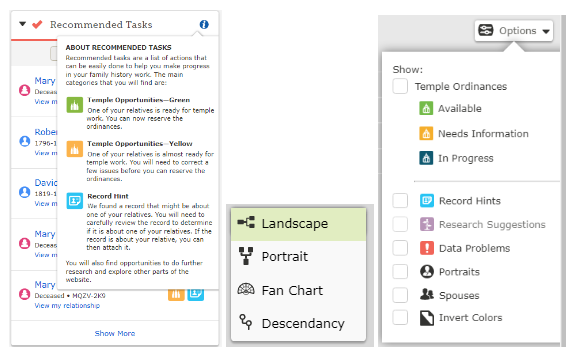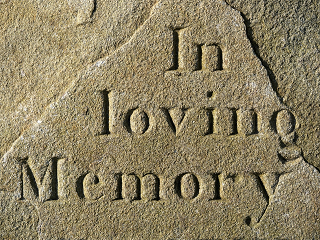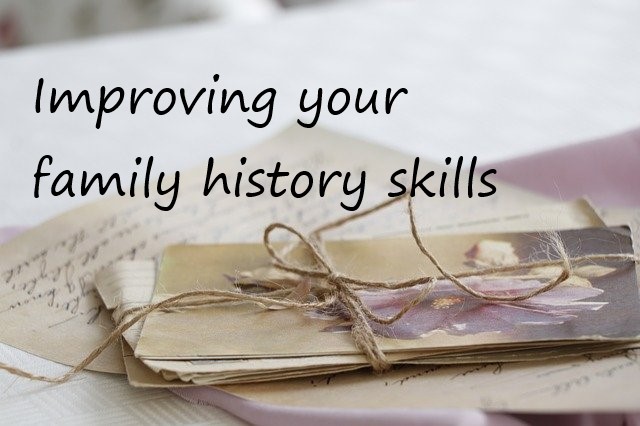
SCHEDULE
Home
FB
2025
2024
2023
2022
Act. Index 2022

![]()

SCHEDULE
Home
FB
2025
2024
2023
2022
Act. Index 2022

![]()
Come, Follow Me is a resource offered by The Church of Jesus Christ of Latter-day Saints. It is designed to be used in the home to support personal and family scripture study to build faith in Heavenly Father and His plan of salvation and in the Savior Jesus Christ and His Atonement. Come, Follow Me is self-contained and adequate, when used properly. Products and materials designed to supplement this resource, though they may be helpful in some instances, are not necessary for a successful home study program.

From Come, Follow Me:
Isaiah often used symbolic language. Pay attention to the thoughts and feelings these symbols bring to your mind and heart. This may help you better understand what he taught.
“A symbol is a mark, sign, or word that indicates, signifies, or is understood as representing an idea, object, or relationship. Symbols allow people to go beyond what is known or seen by creating linkages between otherwise very different concepts and experiences. All communication (and data processing) is achieved through the use of symbols. Symbols take the form of words, sounds, gestures, ideas, or visual images and are used to convey other ideas and beliefs. For example, a red octagon is a common symbol for "STOP"; on maps, blue lines often represent rivers; and a red rose often symbolizes love and compassion.” (Symbol - Wikipedia)
Symbols are also used in family history work. Understanding these symbols can help you better understand and navigate through FamilySearch and other genealogy sites.


Open your family tree in FamilySearch and look for some of these symbols. How do they help you? What symbols do you already recognize? Learn more about these symbols and their meanings by exploring some of the resources below.


Learn some of the icons used for temple ordinances in this Find a Name Scavenger Hunt by Family Locket.
From Come, Follow Me:
To explore what it might mean to “prepare … the way of the Lord,” your family could straighten something that’s crooked, clear a cluttered floor, or make a clear path in rocky ground. You could also show pictures of John the Baptist and Joseph Smith (see Gospel Art Book, nos. 35, 87). How did they prepare the way for the Lord’s coming? (see Luke 3:2–18; Doctrine and Covenants 135:3). How do we help prepare the way for Him? (for example, see Doctrine and Covenants 33:10).
According to Macmillan Dictionary, “prepare the way” means “to do things that make it possible or easier for something to happen or for someone to do something.” Have you considered there may be ways you can “prepare the way” for your family history work? Did you know that using standardized formats and dates will improve the accuracy and searchability of your information? (See Enter standardized dates and places.) Also, reviewing hints can often lead to new information about your ancestors.

As you watch the video, note the following suggestions that Family History Fanatics gives on how you can clean up your family tree. Which ones might you use to clean up your tree?
You may also want to review The Basic Steps in Cleaning Up the FamilySearch Family Tree by James Tanner for ideas he gives such as:

Standardizing names, places, and dates will help clean up your tree and make researching easier. Find some names, places or dates in your family tree that need to be standardized and make the corrections.
For additional information and help, you can view these resources:


“The FamilySearch system constantly searches digitized, indexed records to identify records that may match records in the FamilySearch Family Tree. When a possible match is found, FamilySearch creates a record hint.
“Record hints that match your family can provide new, important information about your ancestors, including the following:
“You will know that there is a record hint when you see a small blue box or icon to the right of a person’s name in the Family Tree.” (Record Hints: A Quick Way to Add to Your Family History)
Find relatives that have record hints. Determine if these hints match what you know about your ancestor. If this new source of information refers to your ancestor, attach the record to the corresponding person page. Check for your relatives’ record hints here.
For additional information and help, you may want to view these resources:
From Come, Follow Me:
What names or titles of Jesus Christ do we find in these verses? What does each name teach us about Him?

Does your name make you great or do you make your name great? Names are often passed down generation to generation to help you remember the good things done by earlier ancestors. But consider: Did their names make them great or did they make their names great? People we admire and want to emulate were not just great because of their names, but they made their names great by the kind of people they were. (See A Good Name, Friend, 1995)


Do you know how you got your name? Check out the My Name activity. Learn more about the meaning of your name and its origin at All About Me • FamilySearch.

It is one thing to honor the name of someone who has gone before you and think about being asked, "What have you done with my name?" such as George Albert Smith experienced. However, have you ever considered how your own name will be remembered in 600 years such as Elder Arnold asked?
How would you like your obituary to read? What do you hope would be remembered and said of you at your funeral? Now, write your own obituary as you hope you would be remembered. Are your thoughts and actions leading you in that direction? Are you creating the "strong foundation" (Helaman 5:12) you desire? How will your name be remembered? Write down three goals that will help you live your life the way you want to be remembered. Work to achieve them.

Use Maps to Find Your Ancestors
Many historical maps have been created over the years, and they can be great tools to help you locate where your ancestors lived. Learn how to find and use online maps in Goal A2 in the United States page, or the corresponding Goal in the country page you’re using.